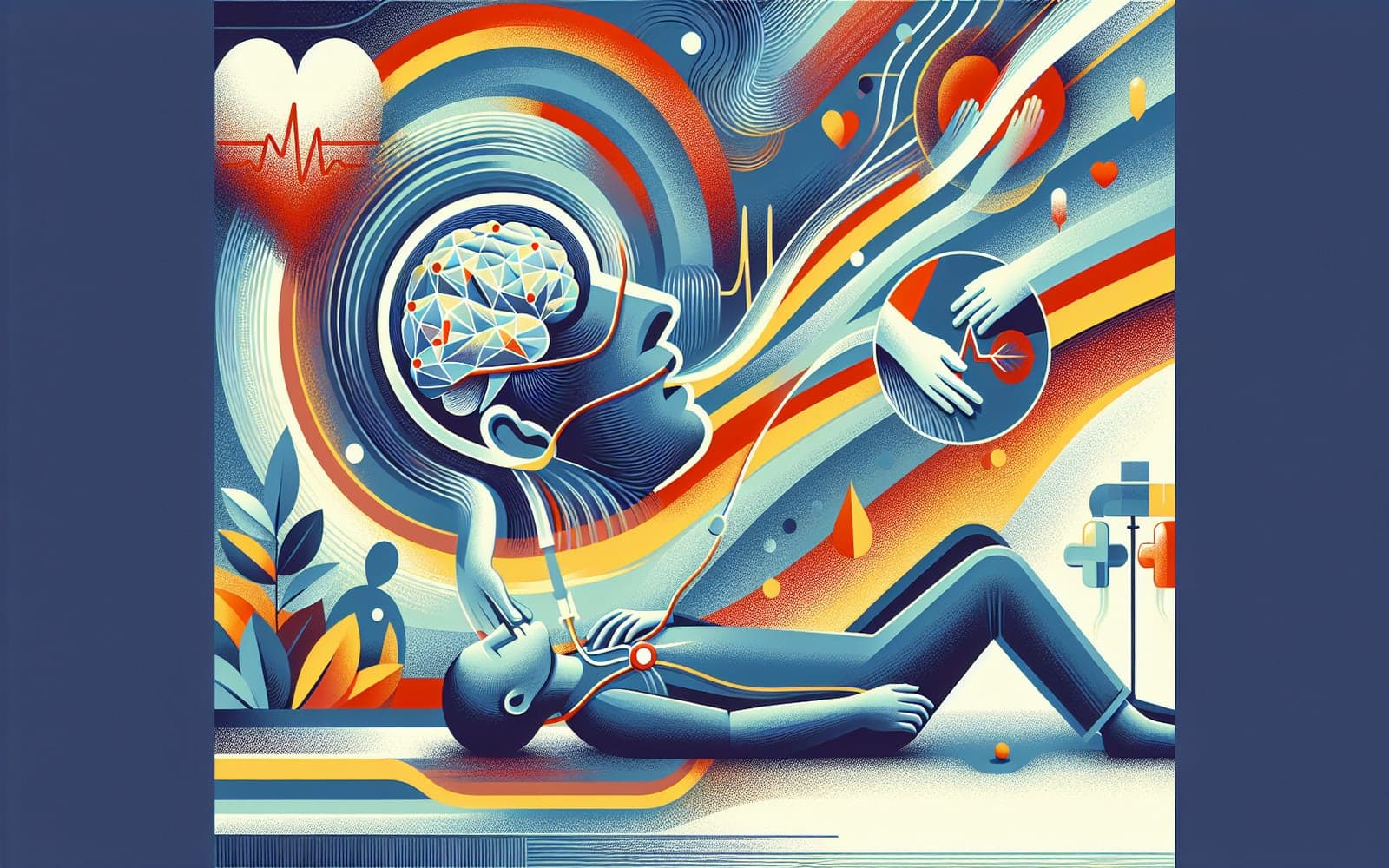What Happens When You Faint? Understanding Syncope
Published: Apr 15, 2024
Syncope, commonly known as fainting, is a brief loss of consciousness caused by a temporary lack of blood flow to the brain. It's more common than you might think and can happen for various reasons.
Contents
What Causes Fainting?
Fainting can be triggered by many factors, including dehydration, standing up too quickly, or certain heart conditions. The most common type is vasovagal syncope, which occurs when your body overreacts to certain triggers like the sight of blood or extreme emotional stress. In these cases, your heart rate and blood pressure drop suddenly, reducing blood flow to your brain.
Warning Signs and Prevention
Many people experience warning signs before fainting, such as feeling lightheaded, dizzy, or nauseous. If you notice these symptoms, lie down or sit with your head between your knees to increase blood flow to your brain. For those prone to fainting, staying hydrated and avoiding triggers can help prevent episodes.

When to Worry
While most fainting episodes are harmless, some can be a sign of a more serious condition, especially in older adults or those with heart problems. If you faint frequently, experience chest pain or shortness of breath with fainting, or have a family history of sudden cardiac death, it's important to see a doctor for evaluation.
Frequently Asked Questions
Usually not, but injuries from falling can occur.
Typically only a few seconds to a minute.
Often yes, by recognizing warning signs and taking action.
It's wise to get checked, especially if it's your first time.
Key Takeaways
While fainting can be scary, understanding its causes and warning signs can help you manage and prevent episodes.
Curious about your fainting risk? Chat with Doctronic to learn more about syncope and your health.Related Articles
References
Shen WK, et al. 2017 ACC/AHA/HRS Guideline for the Evaluation and Management of Patients With Syncope. J Am Coll Cardiol 2017.
Brignole M, et al. 2018 ESC Guidelines for the diagnosis and management of syncope. Eur Heart J 2018; 39:1883.
Always discuss health information with your healthcare provider.

